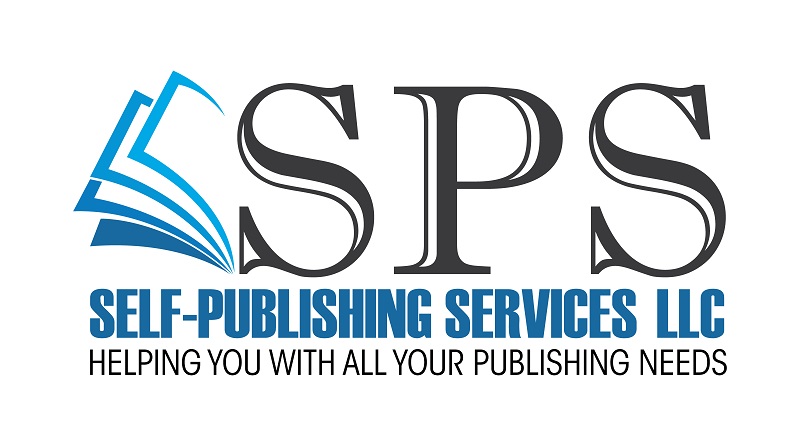Self-Editing in Three Steps
Self-editing, like writing, is a process. As such, you—the writer—will have to figure out what process best suits your needs. And there’s only one way to do that, just like there’s only one way to find jeans that fit: keep trying them on until you find something that works for you.
Start by putting on your editor’s hat. No longer are you drawing from deep within to build your story; now you’re pulling out your red pen to excise what doesn’t work and keep what does.
One way to get into editor mode is to put your manuscript aside for awhile. How long of a while depends on you. But you’ll know you’ve done it when you’re able pull your manuscript up on your screen and see it as a separate entity. It’s no longer your book baby.
From there, you can go from a global view to a street view through a three-step process. Here’s how:
First, look at structure, character, plot—all of the big building blocks—to make sure they are working as they should. Do your characters grow? Does your structure make sense? Does your plot hold together?
If you’re able to analyze and edit one chapter a day, you’ll be done in about a month, and you’re less likely to get fed up with the process. One of the pitfalls here is that you’ll get frustrated and whip through the book just to get it done.
Checklists can help. After you’ve reviewed a chapter, and you’ve made it as solid as you can, you can run down your tailor-made checklist. If your chapter lacks tension, for example, that will become apparent as you try to detail the cause. You then can go back and revise that chapter to up the tension and do whatever else it needs until you and your checklist are satisfied.
Here’s a sample checklist to get started:
SUMMARY:
GOAL:
CONFLICT:
DISASTER:
REACTION:
REFLECTION:
DECISION:
WHO:
WHERE:
WHEN:
TENSION:
STAKES:
Second, read your book out loud to yourself. You could also have the computer read it to you, if you find that approach effective. (In that case, you’ll also want to find a voice you like because you’ll be hearing it a lot.)
In this round, you’re going to be forced to slow down. Your prose will sound fresher to you because you won’t be reading it with glazed-over eyes.
And you’ll catch things you likely wouldn’t have otherwise noticed. Awkward sentences will become apparent, as will repetition and missing words. You might even uncover improbable plot points or a lack of character development.
Once you’ve fixed the issues you found by reading aloud, you’re ready for your third pass through your manuscript. Now you’re going to get down to the nitty-gritty—grammar, punctuation, and spelling errors.
This is best done by employing an old copy editor trick. Read your book backward—by chapter or by the entire manuscript—focusing on each sentence as you go. Do the subject and the verb agree? Is every word spelled correctly? Is every comma necessary? And so on.
By the time you’re on the first sentence of your book, you will have read your manuscript three times: backward, forward, and out loud. It will be much cleaner than it was when you started.
And not only will you have a better book, but you’ll have a much better sense of your strengths and weaknesses. That’s not a bad starting point for your next book.

